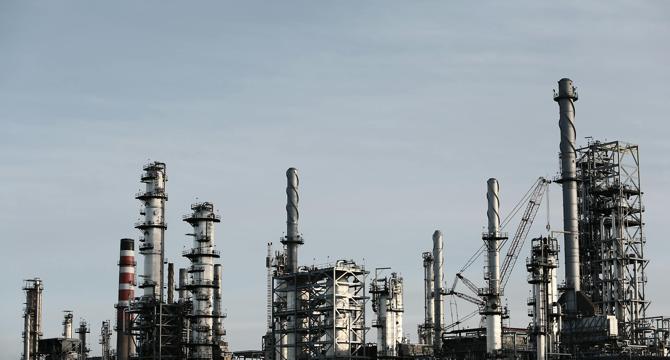Entrepreneurshiplife
4w
252

Image Credit: Entrepreneurshiplife
Heat Exchanger Tubing in the Oil & Gas Industry: Material and Design Considerations
- Heat exchanger tubing is crucial in oil and gas processing, requiring careful material and design choices for efficiency and reliability under harsh conditions.
- Tubing facilitates heat transfer between fluids, and failure can lead to costly repairs, downtime, environmental risks, and safety issues.
- Material selection is key, with options like stainless steel, copper-nickel alloys, nickel-based alloys, and titanium, each offering unique advantages based on service environment and requirements.
- Alloy choice considers corrosion resistance, mechanical properties, thermal conductivity, and lifecycle cost for optimal performance and longevity.
- Design considerations, including geometry, wall thickness, thermal expansion, and flow dynamics, directly impact efficiency and maintenance requirements of heat exchanger tubing.
- Properly designed tubing reduces maintenance needs, but operational changes can accelerate degradation, necessitating predictive maintenance, inspections, and proactive cleaning.
- Emerging trends focus on high-alloy materials for better corrosion resistance, digital technologies for predictive maintenance, and environmental considerations for improved heat recovery and efficiency.
- Strategic selection of tubing materials and design is essential for sustained performance, considering technical needs, operational flexibility, and long-term reliability in the oil and gas industry.
- Investing in well-specified and well-designed tubing is not just about technical compliance but a commitment to safety, performance, and resilience amidst evolving industry challenges.
Read Full Article
15 Likes
For uninterrupted reading, download the app